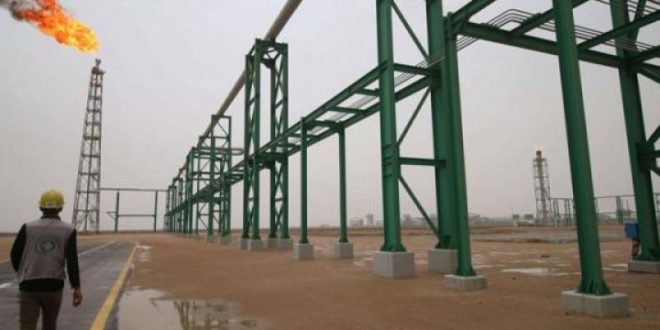Iraq plans to increase its generating capacity by September and restart a 755 MW solar tender, an electricity ministry spokesman said on June 18, as OPEC’s second-largest oil producer comes under increased US pressure to wean itself off Iranian electricity and natural gas imports.
Iraq plans to add 635 MW of electricity capacity by September, Ahmad al-Abadi told the state-run Iraqi News Agency. Iraq is currently producing 16.77 GW of power capacity, according to the ministry’s website. The additional capacity could also help Iraq reduce use of its own crude and fuel oil burned for power and export them instead to generate more revenue for the cash-starved country.
Iraq has concluded talks to connect to the grid of the six-member Gulf Cooperation Council and was supposed to import the first 500 MW in May but economic conditions in the country have delayed the project, Abadi said. Iraq in September 2019 signed an agreement to import an initial 500 MW from the GCC, which includes Saudi Arabia, Oman, Bahrain, Qatar, Kuwait and the UAE.
Earlier this month, Iran signed a two-year agreement to export electricity to Iraq as Baghdad continues to receive a temporary US waiver to import power from Tehran despite sanctions on its energy industry. The US on May 7 extended Iraq’s sanctions waiver for 120 days to import Iranian electricity, as the Trump administration seeks to boost the new Iraqi prime minister appointed that month and provide some stability to the politically fractured nation.
Under pressure
Iraq is under heavy pressure from the US to lower its dependence on Iranian gas and electricity and has tried to take steps to meet this request. Iraq plans to capture and treat some 1.2 Bscf/d of gas that is currently mostly flared and also produce dry gas from other fields, Hamed Younis, deputy oil minister, told S&P Global Platts on June 9.
The US, which has sought to squeeze Iran by imposing more sanctions on its energy exports since 2018, has granted Iraq a series of waivers enabling it to maintain electricity imports from its neighbor. Power outages in the hot summer months, when air conditioning demand is high particularly in the south where temperatures can soar to 50 Celsius, have led to protests in the past.
“Iraq needs to add around 7-9% above the current generation (1,400-1,800 MW/year) to maintain the same level of supply this summer,” Harry Istepanian, a senior fellow at the Iraq Energy Institute, told Platts on June 18. “Most likely, the generation won’t exceed 20 GW and people might experience more power cuts than last year.”
Iraq first launched the solar tender process in May 2019, but the country’s first solar round was later put on hold.
“The economic situation and COVID-19 are among many other reasons for the delay,” Istepanian said. “The plants were intended to begin commercial operations in 2020. The bids evaluation, negotiations and awarding the contracts will take several months and normally it will take 12-18 months for construction. Therefore, I don’t think the projects will be ready for commercial operation until 2022-2023.”

 Iran Energy News Oil, Gas, Petrochemical and Energy Field Specialized Channel
Iran Energy News Oil, Gas, Petrochemical and Energy Field Specialized Channel



